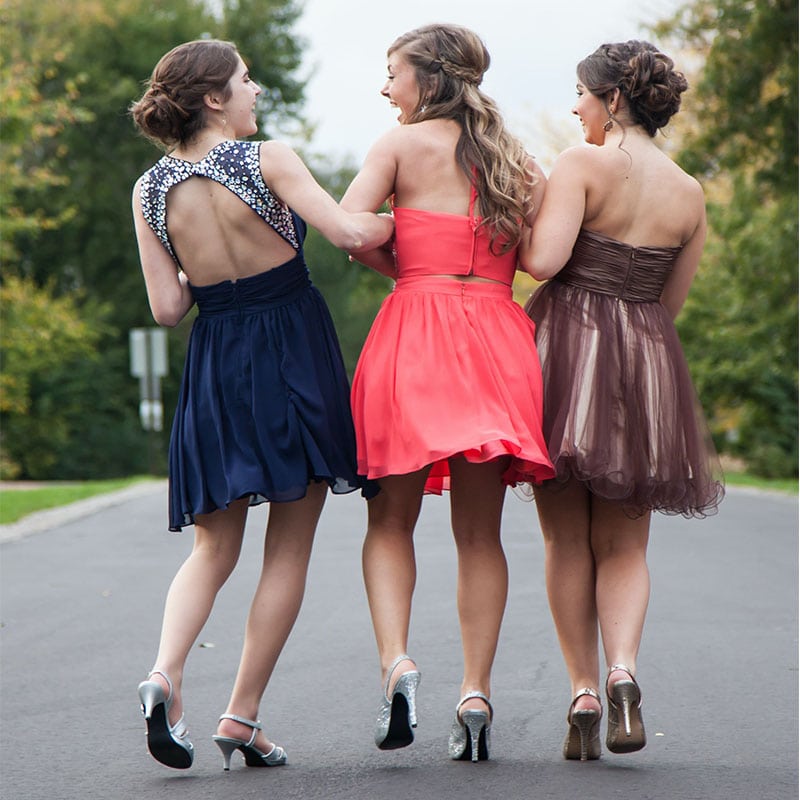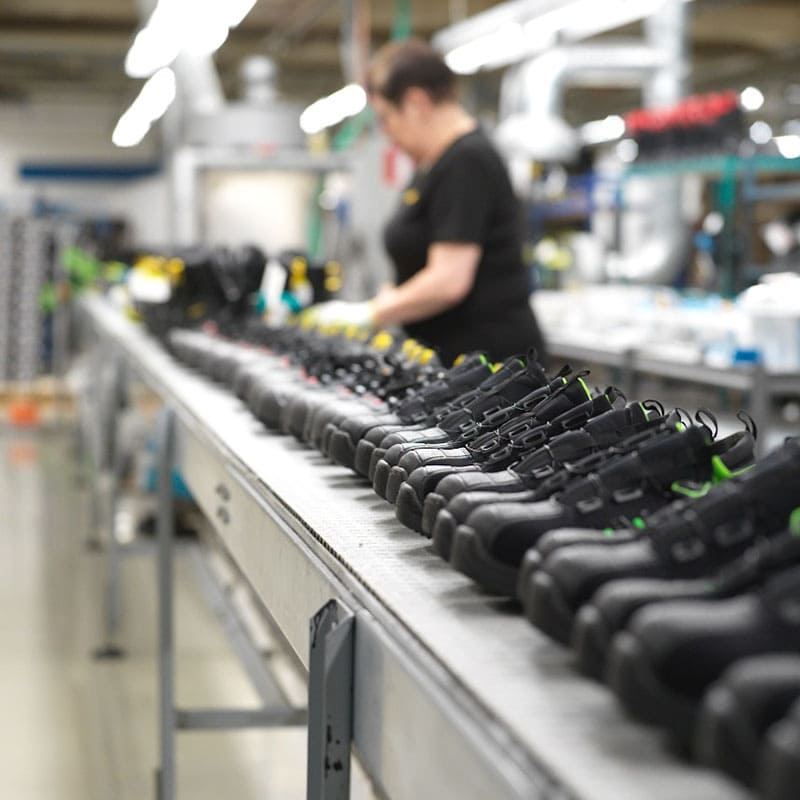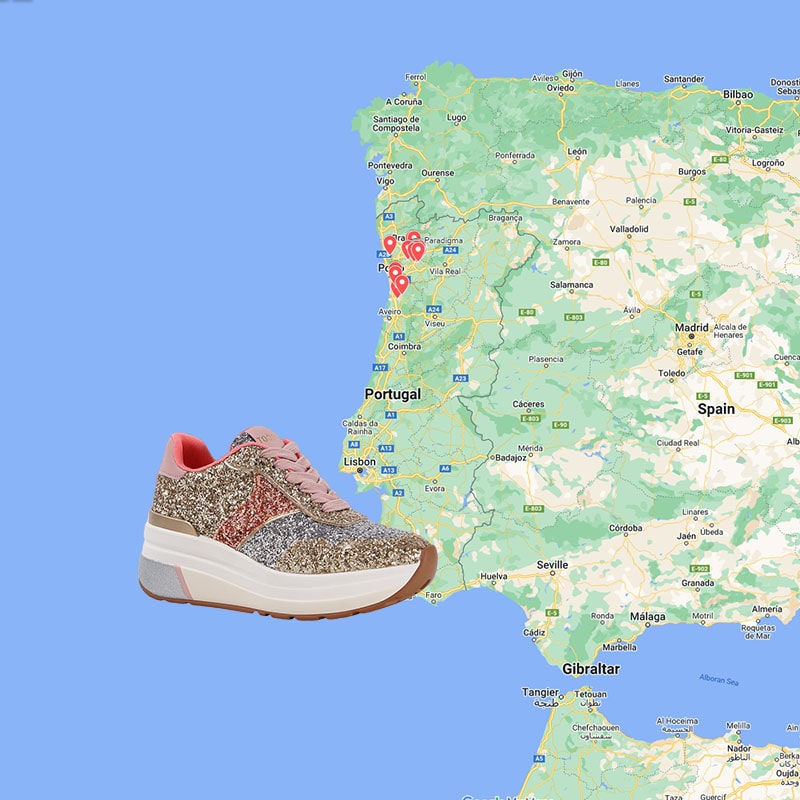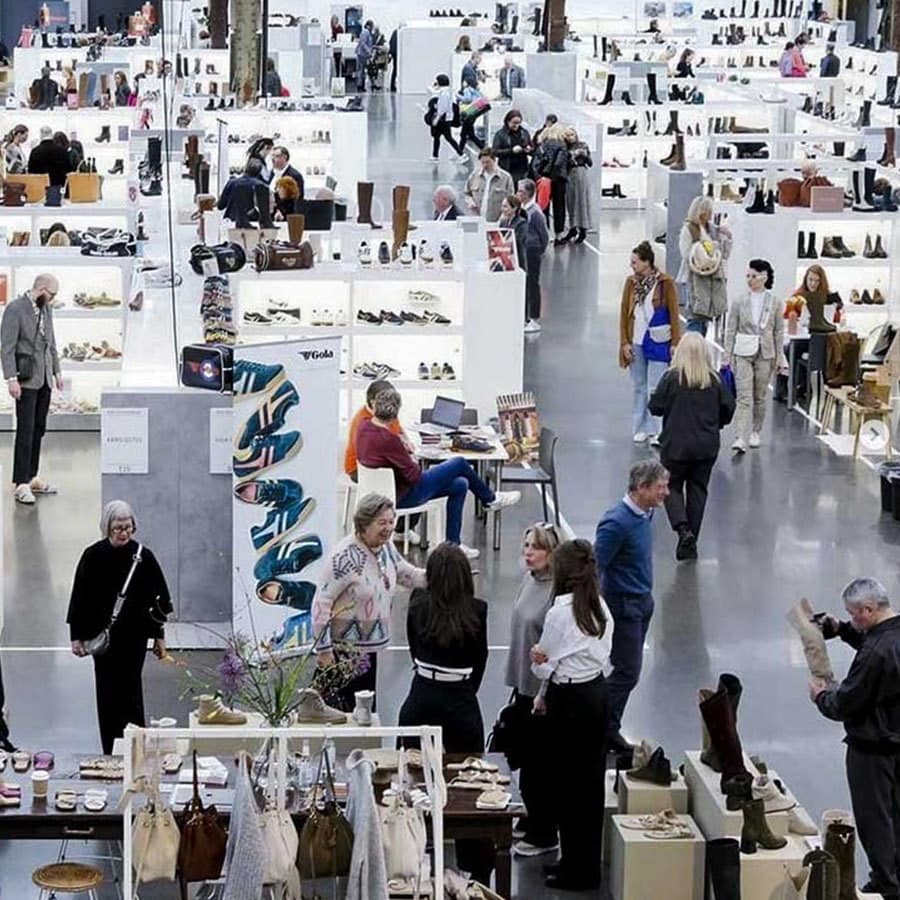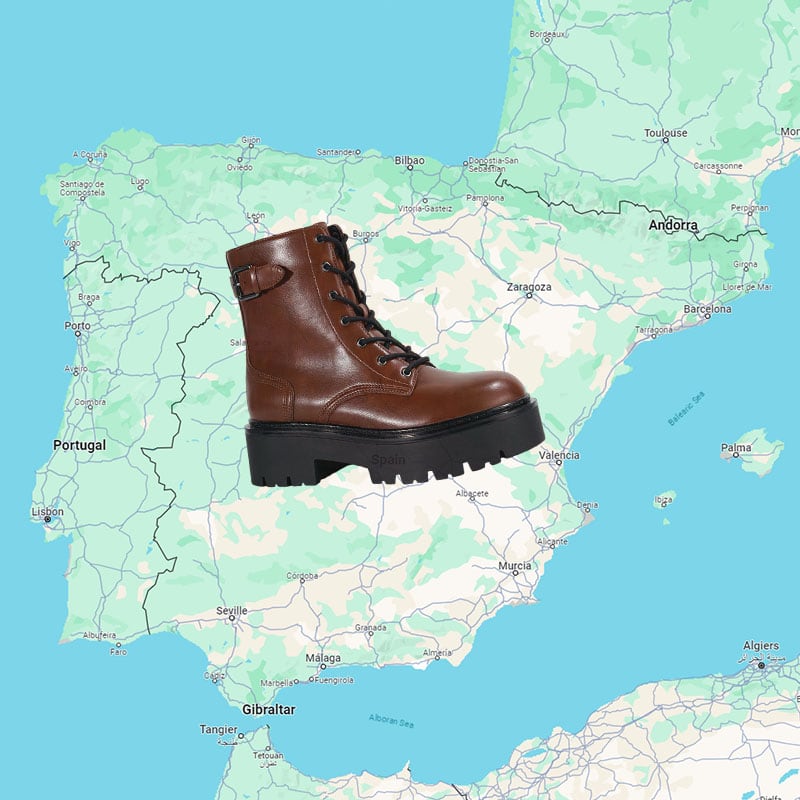Many women may be familiar with foot problems such as bunion pain and hammer toes.First, let’s start with what bunion pain and hammer toes are.
Bunion pain and Hammer toes
Bunion pain is a common symptom associated with a foot condition known as a bunion. A bunion is a bony bump that forms at the base of the big toe, where it joins the foot. The medical term for this condition is hallux valgus.
Hammer toes, also known as claw toes, are a deformity of the toes in which they become bent or curled in a downward position, resembling a hammer or a claw. This condition most commonly affects the second, third, or fourth toes, although it can occur in any toe. Hammer toes can be flexible or rigid, and they often lead to discomfort and foot pain.
Tony Fod, an experienced foot surgeon with over three decades of expertise, attributes these issues to women’s footwear choices.
“Men have a limited selection of shoes, and most of them are conducive to foot health,” he noted. “In contrast, women have access to wedges, stilettos, and various other high-heeled options.”
Fod emphasized that due to women’s shoe preferences, he has observed a trend of younger female patients seeking treatment. Even women in their twenties are now grappling with these problems.
Amy Bony, who is 50 years old, recently underwent a surgical procedure on her left foot to address a bunion that had worsened over the past 30 years due to her near-daily use of high heels. Remarkably, this was her second bunion surgery, as she had previously undergone a similar procedure on her right foot during her twenties.
“In my adolescent years, I wore heels for aesthetic reasons, but as I grew older, it became more about projecting a professional image at work,” Bony shared. “A few months before the surgery, my bunion pain became so debilitating that I couldn’t wear any shoes at all. I was confined to wearing slippers. I knew that without the surgery, I would likely need a wheelchair by the time I reached 60.”
Fod explained that the complete recovery from bunion surgery is a process that spans several months.
Bony, who has resumed her responsibilities managing real estate properties, disclosed that she is still in the recovery phase following her surgery. Just last month, she transitioned from crutches and a medical boot to an orthopedic shoe. Nevertheless, she anticipates that it will be several more months before the swelling in her foot subsides sufficiently for her to comfortably wear regular shoes again.
“The healing process is gradual,” Bony acknowledged. “This is why it took me quite some time to proceed with surgery this time around.”
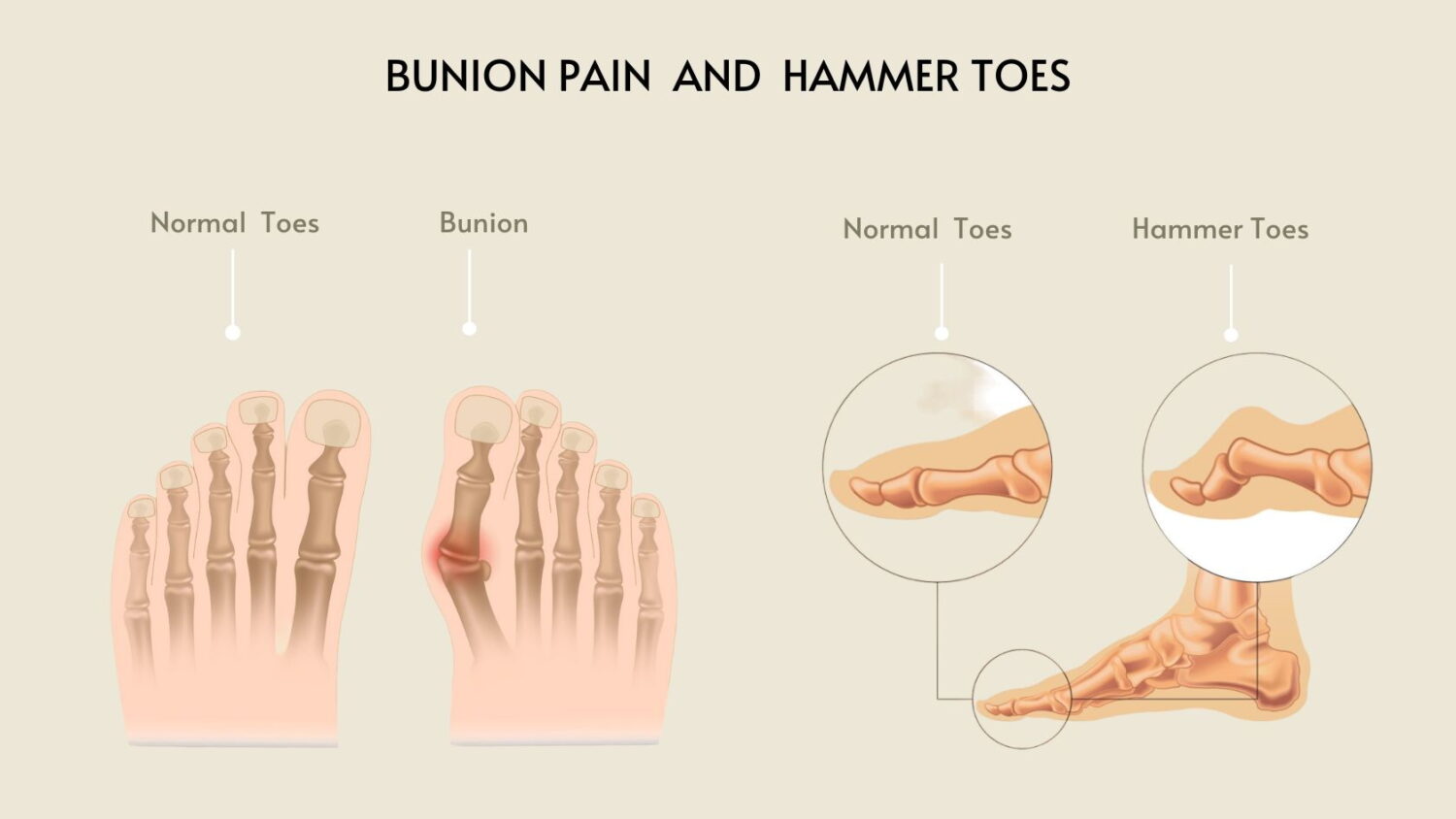
Stylish and Comfortable
Numerous shoe brands – including Jimmy Choo, Burberry, Stuart Weitzman, and Prada – are striving to develop elegant high-heeled footwear that prioritizes comfort. Some podiatrists are also venturing into shoe design.
In 2007, Tina Simell, a former orthopedic surgeon based in New York, introduced a collection of women’s shoes that seamlessly blends fashion and comfort. By 2010, she extended her principles to create a men’s shoe line.
“Over the last three years, this has become a prevailing trend among shoe designers. They’ve recognized the desire for comfort alongside fashion among women,” Tina Simell explained.
Polly Mander, the proprietor of an online sneaker store, has identified parallel patterns in women’s athletic shoes.
“Sneaker manufacturer are reshaping their designs to resemble slip-ons rather than traditional athletic shoes, and many of my female customers are highly fond of these styles,” she remarked.
However, admirers of high heels need not despair; according to Simell, the enduring allure of stilettos will persist.
“The stiletto maintains its timeless appeal,” Simell affirmed. “Designers understand that women seeking that aesthetic will make a purchase regardless of the cost or discomfort.”
Nonetheless, Amy Bony has adopted a more discerning approach to her shoe selections.
“I have resolved never to force my foot into a shoe solely for its appearance,” she declared.
Common Women’s Foot Problems And Treatment
Bunion Pain:
Bony protrusions that develop on the joint at the base of the big toe, often stemming from improper foot mechanics or hereditary factors, with high heels exacerbating the issue.
Treatments:
1.Footwear Modifications: Choose shoes with a wide toe box to provide enough room for your toes to spread out. Avoid pointed toe heels and shoes with pointed toe boxes that can exacerbate the bunion.
2.Orthotic Inserts: Over-the-counter or custom-made orthotic shoe inserts can help redistribute pressure and provide support to the arch and the affected joint.
3.Padding and Taping: Non-medicated bunion pads or cushions can reduce friction and pressure on the bunion, alleviating pain.
4.Ice Therapy: Applying ice packs to the bunion for short periods can help reduce swelling and provide temporary pain relief.
5.Shoe Inserts and Orthotics: Shoe inserts or orthotic devices can provide additional arch support and cushioning, which may help alleviate bunion-related discomfort.
6.Foot Exercises: Stretching and strengthening exercises for the feet can help maintain proper alignment and prevent muscle imbalances.
7.Surgery: Painful or advanced bunion pain may necessitate outpatient surgery for correction.
Hammer Toes:
This condition involves a deformity where the toes curl at the middle joint of the foot, causing pain and limited mobility over time.
Treatments:
1.Wearing Proper Shoes: Choose shoes with a wide toe box and good arch support to reduce pressure on the toes.
2.Toe Exercises: Simple toe exercises may help improve muscle balance and flexibility.
3.Padding: Padding or cushioning placed over the bent area of the toe can alleviate discomfort and prevent corns or calluses.
4.Orthotic Inserts: Custom or over-the-counter orthotic inserts can provide arch support and help distribute pressure more evenly across the foot.
5.Surgery: In cases of significant deformity, surgical procedures may be required to realign and straighten the affected toes.

Scorns And Calluses:
These are the result of the formation of thick, hardened skin layers on the feet due to persistent friction and pressure from footwear.
Treatments:
For mild corns or calluses, switching to alternate shoes or employing moleskin patches and cushioned pads can provide relief. In more severe cases, medical intervention may involve the use of custom-designed shoe inserts known as orthoses to mitigate friction and pressure on the affected area. Surgical removal is also an option for stubborn corns and calluses.
Plantar Fasciitis:
This condition involves inflammation of the fibrous tissue along the foot’s bottom, leading to heel discomfort.
Treatments:
Physicians may advise transitioning to different footwear or prescribe orthotic supports to alleviate plantar fasciitis symptoms.

